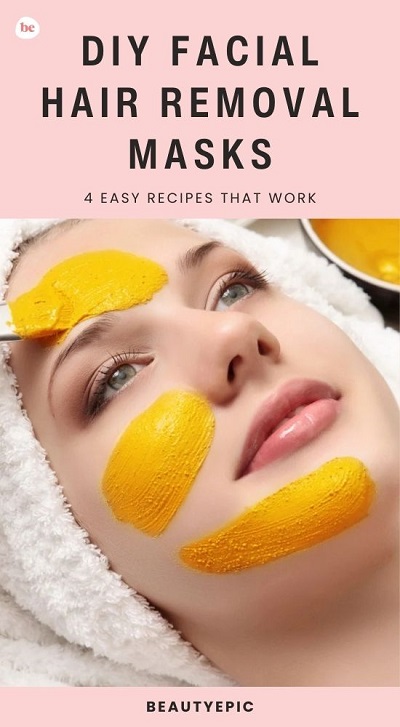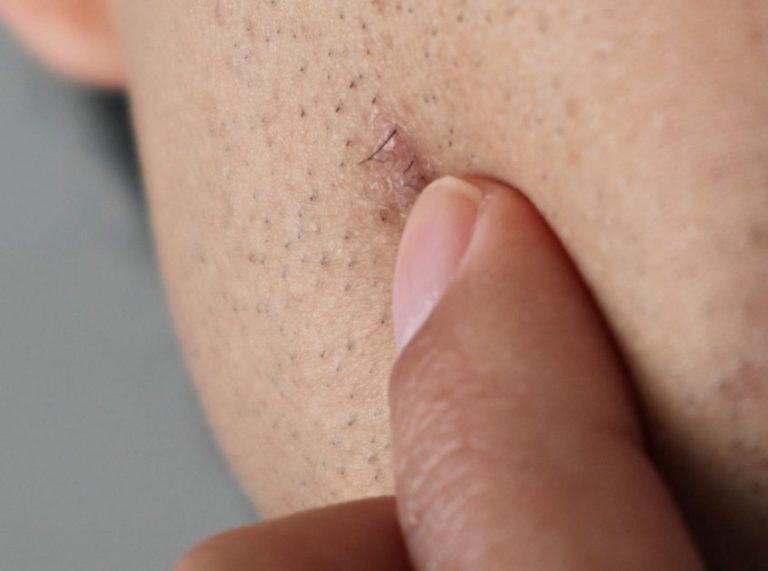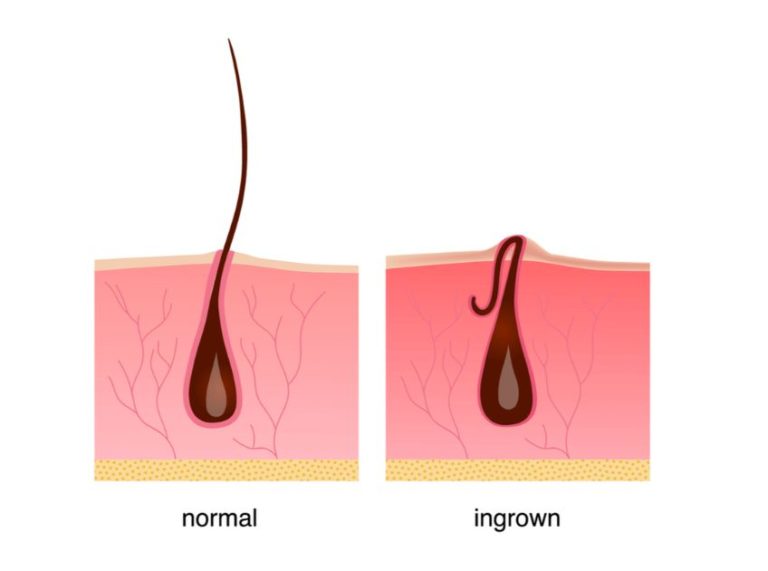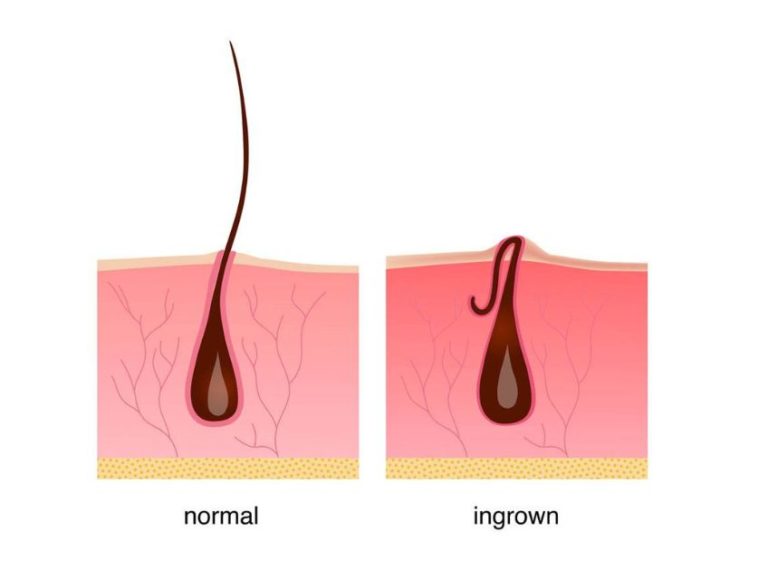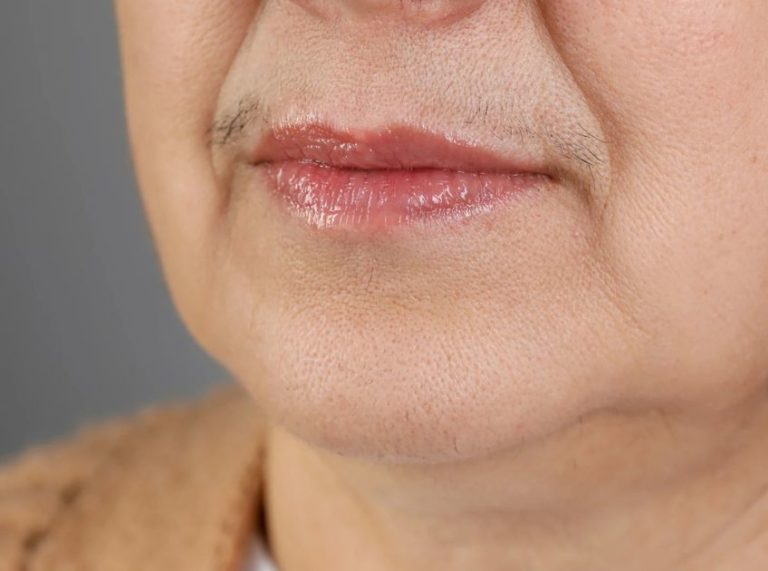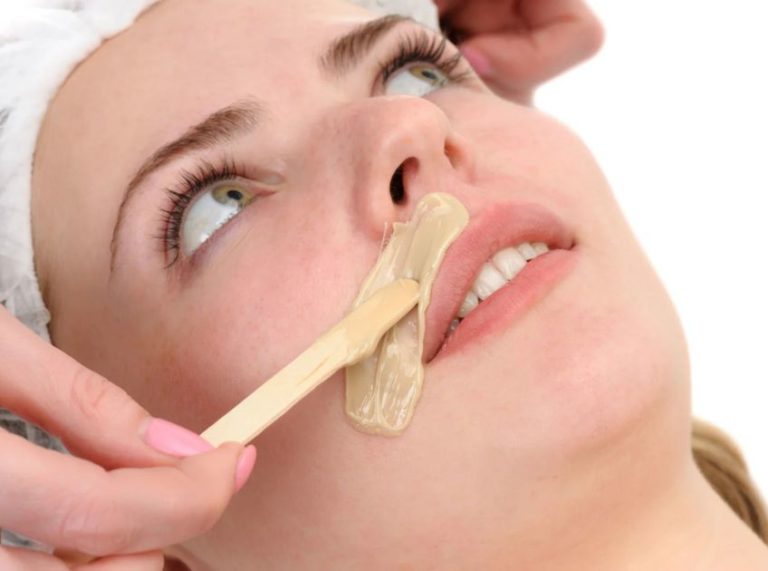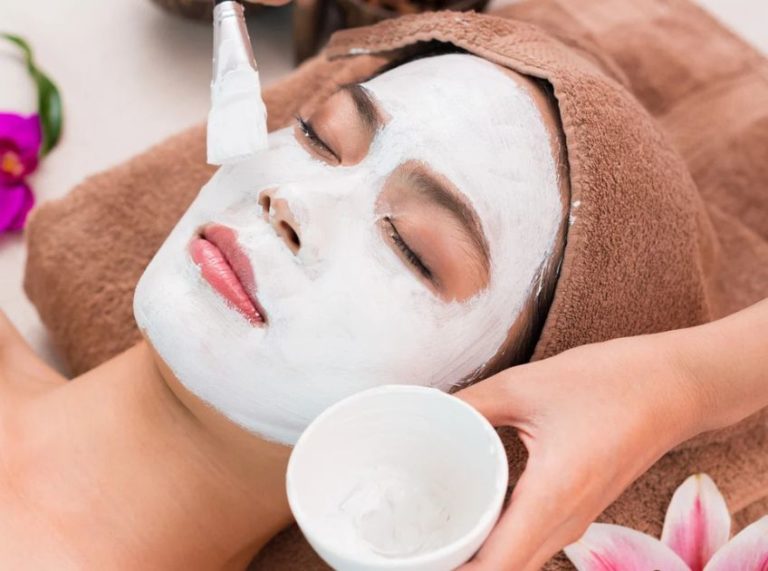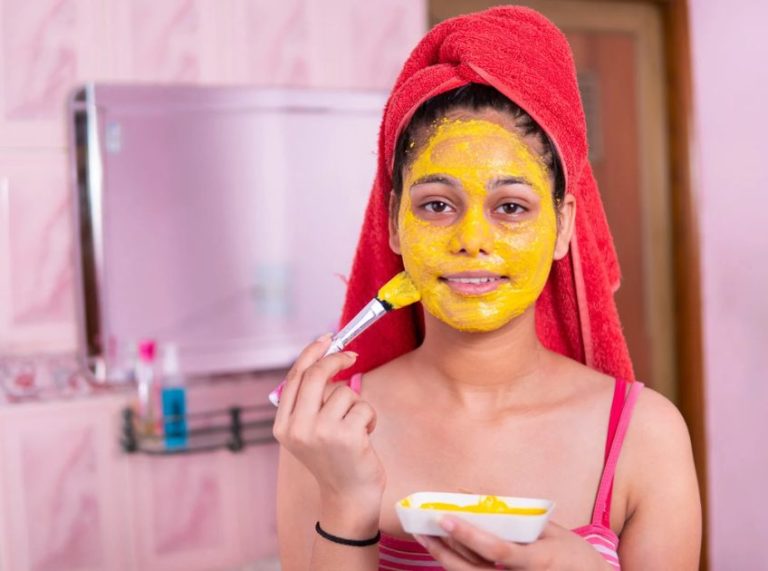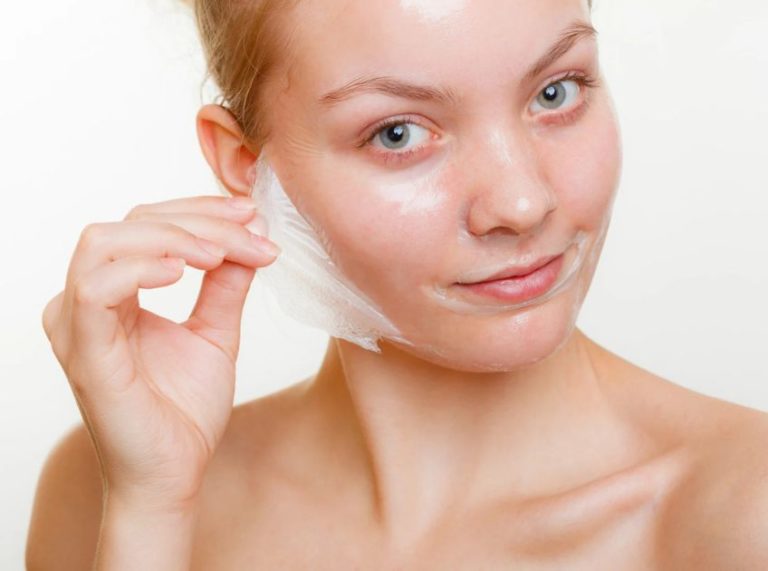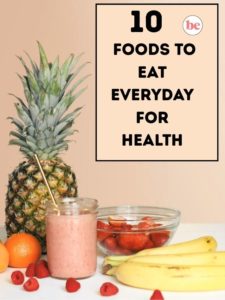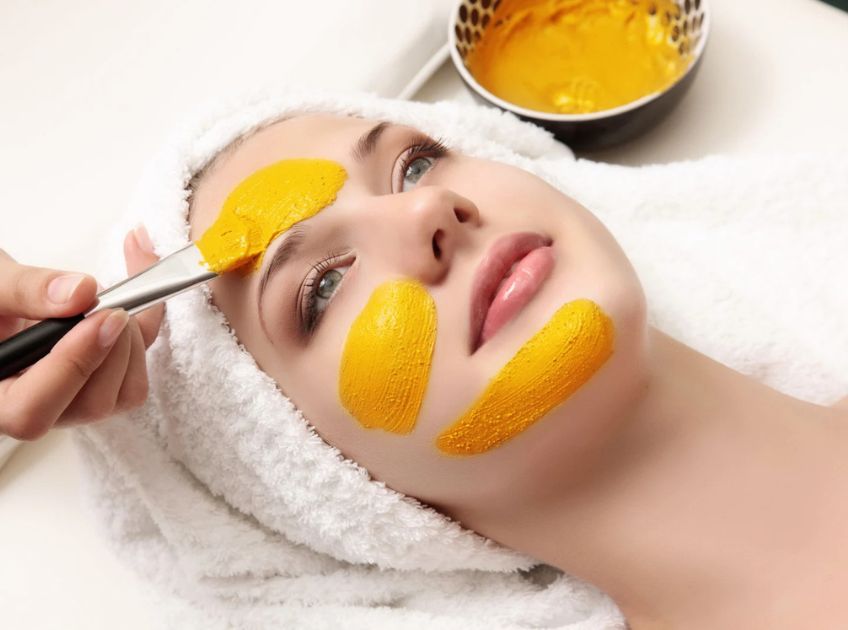
Important: This article is for informational purposes only. Please read our full disclaimer for more details.
Facial hair is completely natural, but many prefer smooth, hair-free skin for a cleaner, polished look. While salon treatments like threading, waxing, and laser hair removal are effective, they can be painful, expensive, or harsh on sensitive skin. Luckily, there’s a gentler approach — DIY natural masks that reduce facial hair gradually without discomfort.
In this expert-approved guide, we’ll explore 4 effective, painless DIY facial hair removal masks, backed by scientific insights, to help you achieve soft, smooth, and glowing skin — naturally.
4 DIY Masks to Remove Facial Hair Without Pain
These masks combine natural ingredients known to loosen facial hair, weaken follicles, and exfoliate dead skin cells, giving you gentle, long-lasting results without irritation.
1. Turmeric and Gram Flour Mask — A Traditional Favorite
Turmeric has been used for centuries in Ayurvedic beauty practices due to its anti-inflammatory and anti-hair growth properties. Gram flour acts as a gentle exfoliant that helps remove fine facial hair over time.
Ingredients
- 1 tablespoon gram flour
- ½ teaspoon turmeric powder
- 1 tablespoon milk or yogurt
How to Use
- Mix all ingredients into a smooth paste.
- Apply evenly to areas with unwanted facial hair.
- Let it dry for 15–20 minutes.
- Rub off gently in circular motions and rinse with lukewarm water.
Expert Insight: A study published in the Journal of Cosmetic Dermatology found that turmeric compounds like curcumin can delay hair regrowth when used regularly (1).
Best For: All skin types, especially sensitive skin.
2. Papaya and Aloe Vera Gel Mask — Weakens Hair Naturally
Papaya contains papain, an enzyme known to break down hair follicles, while aloe vera soothes and hydrates the skin. This mask is particularly effective for fine, stubborn facial hair.
Ingredients
- 2 tablespoons raw papaya pulp
- 1 tablespoon aloe vera gel
- ½ teaspoon turmeric (optional)
How to Use
- Mash papaya into a smooth paste.
- Mix with aloe vera gel and turmeric.
- Apply to unwanted hair and massage gently for 5 minutes.
- Leave it on for 20 minutes before rinsing.
Expert Insight: Research suggests that papain enzyme treatments can gradually weaken hair roots, making regrowth slower and less visible (2).
Best For: Dry and sensitive skin.
3. Oatmeal and Banana Exfoliating Mask — Smooths and Brightens Skin
Oatmeal is a natural exfoliant that removes dead skin cells, while banana nourishes and softens skin. Together, they help loosen fine facial hair and leave the skin silky-smooth (3).
Ingredients
- 1 tablespoon oatmeal powder
- 1 tablespoon mashed banana
How to Use
- Mix oatmeal and banana into a creamy paste.
- Apply to your face and massage gently in upward circular motions.
- Leave it on for 15 minutes before rinsing with lukewarm water.
Pro Tip: Use this mask twice a week for the best results.
Best For: Normal to dry skin, especially if you want glowing skin along with hair reduction.
4. Gelatin and Milk Peel-Off Mask — Lifts Hair Instantly
This DIY peel-off mask pulls out facial hair while also removing blackheads and dead skin cells. It’s a great natural alternative to waxing, but less painful.
Ingredients
- 1 tablespoon unflavored gelatin
- 2 tablespoons milk
- A few drops of lemon juice
How to Use
- Mix gelatin, milk, and lemon juice in a bowl.
- Heat the mixture slightly until smooth and lukewarm.
- Apply a thin layer to your face with a brush.
- Let it dry completely and peel off gently.
Pro Tip: Always apply a moisturizer afterward to soothe the skin.
Best For: Oily and combination skin types.
The Science Behind DIY Hair Removal Masks
Several natural ingredients, such as turmeric, papain, and oatmeal, have been studied for their hair growth-reducing properties:
- Turmeric: Contains curcumin, which can inhibit hair follicle activity when applied regularly (1).
- Papaya (Papain enzyme): Helps break down keratin (4), a key component of hair, leading to thinner and slower regrowth.
- Oatmeal: Acts as a gentle exfoliant, loosening fine hair naturally over time (5).
While these masks won’t give instant, permanent results, they are effective for gradual, painless facial hair reduction when used consistently.
Frequently Asked Questions (FAQ’S)
1. Do these DIY masks permanently remove facial hair?
A. No, these masks reduce and slow down hair growth over time, but don’t permanently stop it. For permanent solutions, treatments like laser hair removal are required.
2. How often should I use these masks?
A. For the best results, apply these masks 2–3 times per week. Consistency is key to achieving smoother, hair-free skin naturally.
3. Are these masks safe for sensitive skin?
A. Yes, most of these recipes are gentle and natural, but always do a patch test first to avoid potential allergic reactions.
Final Thoughts
If you’re looking for painless, natural, and cost-effective ways to reduce facial hair, these DIY masks are a fantastic option. With consistent use, ingredients like turmeric, papaya, oatmeal, and gelatin can help loosen hair follicles, delay regrowth, and leave your skin smooth, soft, and glowing.
